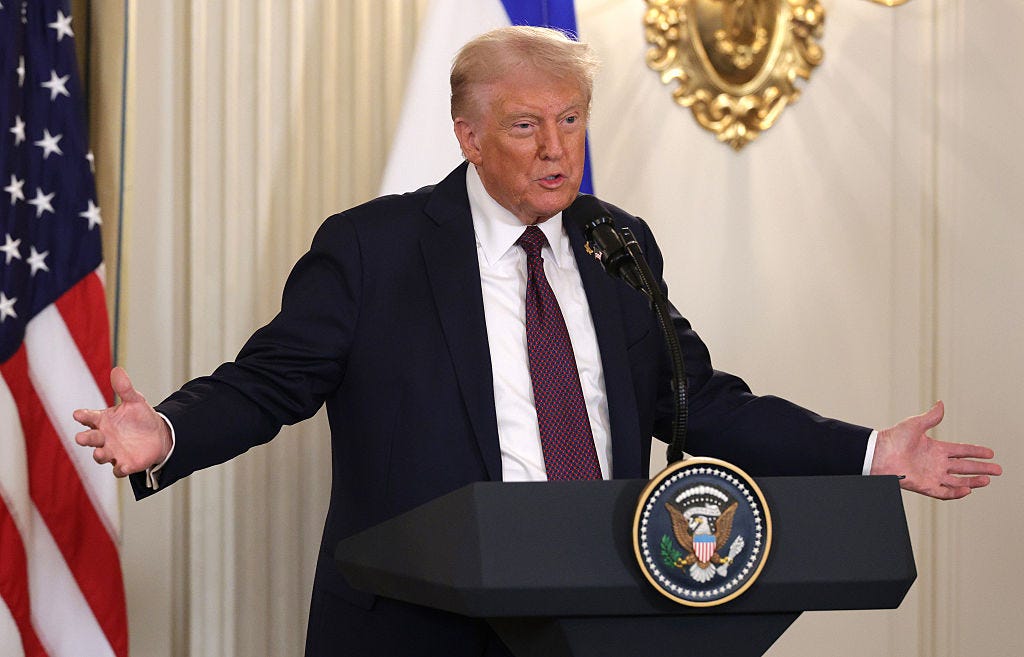Trump to Impose 25% Tariff on Imported Heavy Trucks from Nov. 1

President Donald Trump announced that starting November 1, 2025, all medium- and heavy-duty trucks imported into the U.S. will be subject to a 25% tariff. This marks a bold escalation of his protectionist trade agenda, intended to shield U.S. truck makers from foreign competition.
His prior plan to impose the tariff in early October was delayed, but Monday’s announcement affirms his commitment to the policy. Trump has justified it under national security grounds, arguing that large portions of the U.S. manufacturing base must be protected from what he describes as “unfair outside competition.”
The tariff move is poised to benefit domestic brands like Peterbilt, Kenworth, and Freightliner. These companies could see a competitive edge as imported trucks become more expensive in the U.S. market.
However, the decision carries heavy geopolitical implications. Mexico, the largest exporter of heavy trucks to the U.S., strongly opposes the tariff, noting that many of its trucks already contain roughly 50% U.S. content. Under the USMCA trade agreement, trucks with at least 64% North American content can currently enter tariff-free—raising key questions about which imports will qualify for exemptions.
Industries in the U.S. Chamber of Commerce also expressed concern, warning the tariff could strain relationships with allied trading partners, many of whom dominate truck exports to the U.S. Meanwhile, automakers like Stellantis and Volvo—active in Mexico or planned manufacturing regions—may face direct impact if their supply chains or export strategies don’t align with new rules.
In short: the upcoming 25% tariff on heavy trucks signals an aggressive shift in U.S. trade policy. Its ripple effects could reshape domestic manufacturing, global supply chains, and cross-border trade relationships—especially with Mexico and Canadian partners.


